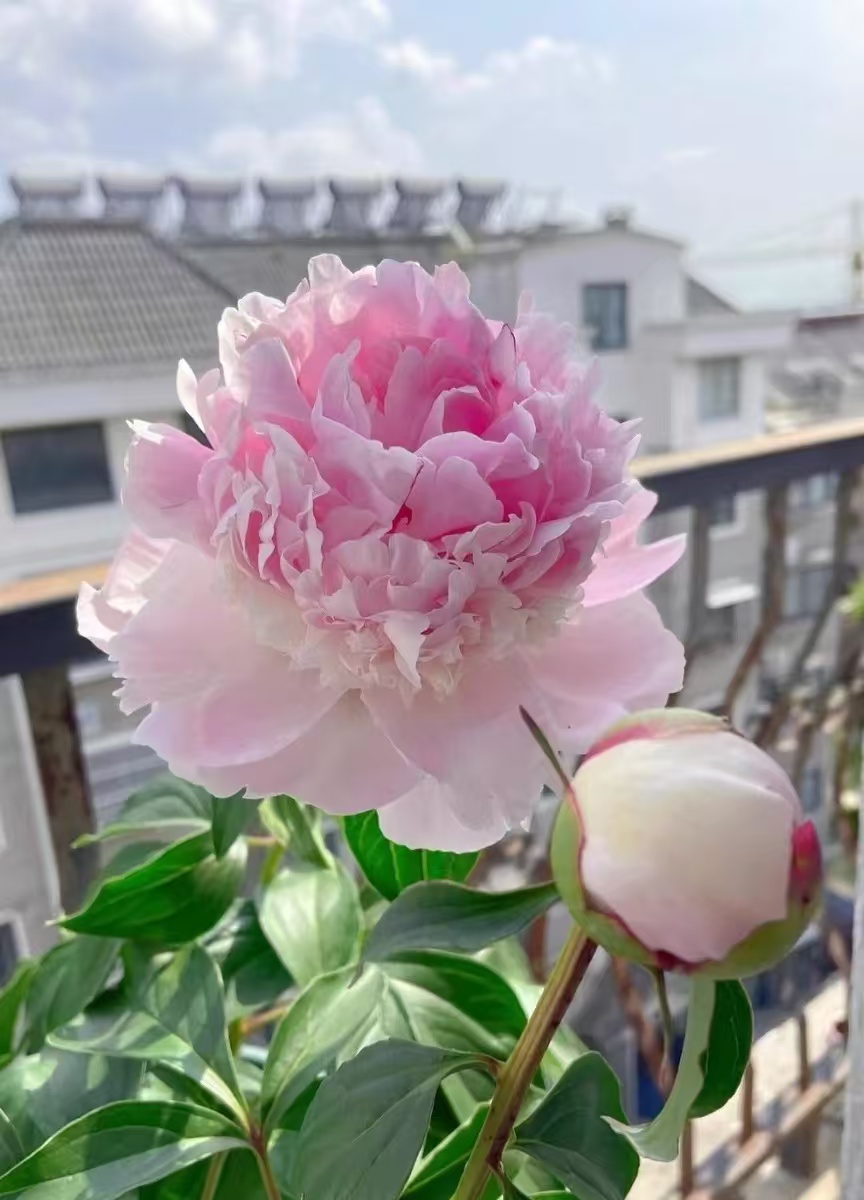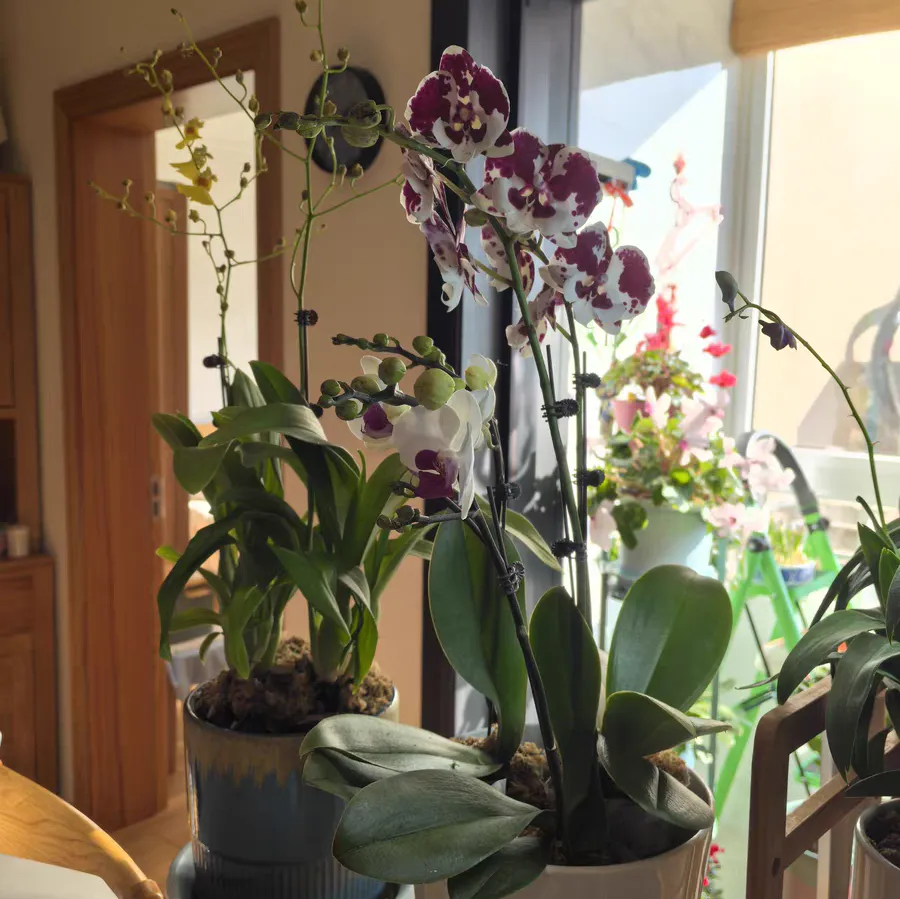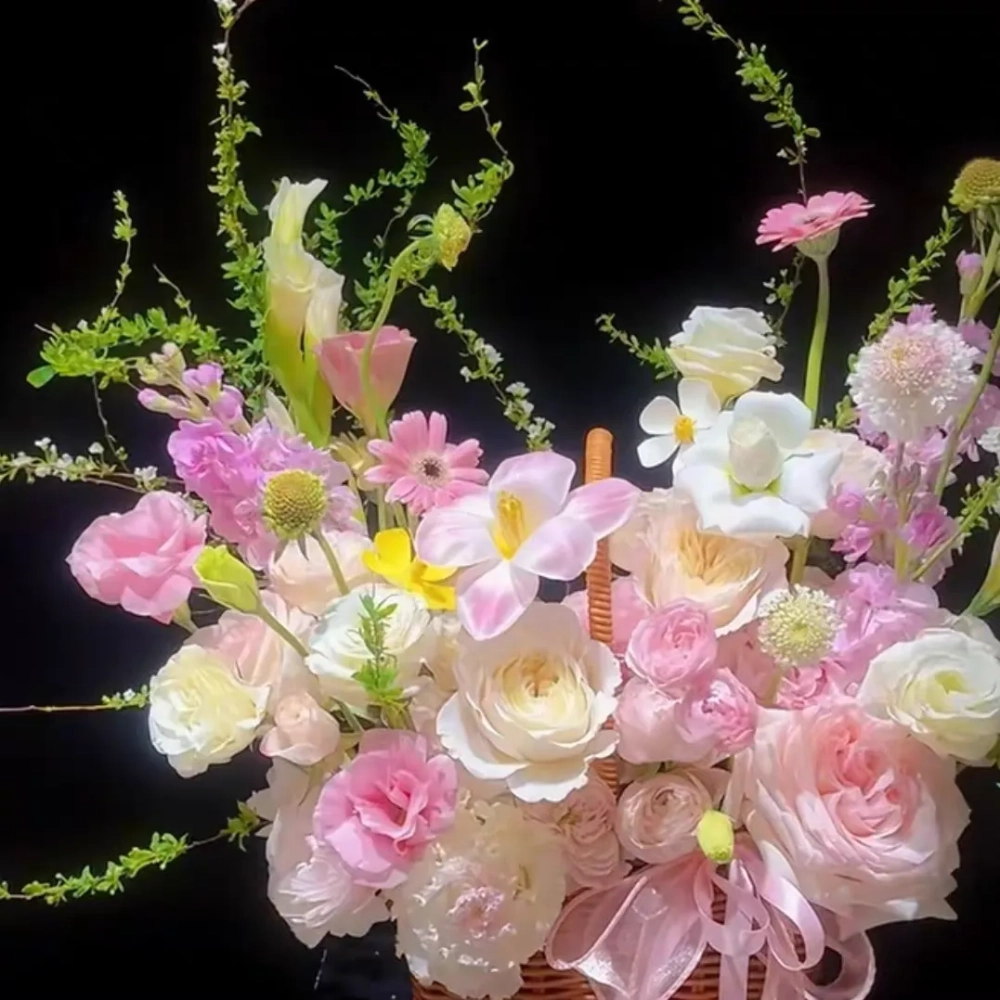With the arrival of winter, the temperature gradually drops, and our household green plants also enter their "dormant period". During this stage, the growth rate of flowers slows down, their metabolic capacity declines, and their absorption and utilization rates of nutrients also decrease accordingly. Therefore, for some specific flowers, it is especially important to stop fertilizing in winter. The following are four types of flowers that need to stop being fertilized in winter, and let's understand why these flowers need to stop fertilizing in winter to protect their roots.
Aloe Vera
Aloe Vera is a green plant that remains evergreen throughout the year, but it is not advisable to fertilize it in winter. The reason is that aloe vera grows slowly in winter and has a low demand for nutrients. If fertilizing continues at this time, it is easy for the fertilizer to accumulate in the soil, causing damage to the roots and further leading to problems such as root rot. Therefore, to ensure that aloe vera survives the winter safely, after the last fertilization in autumn, stop supplementing nutrients for it and wait patiently until spring comes before resuming fertilization.
Pachira Aquatica
As a representative of indoor green plants, Pachira Aquatica not only has ornamental value but also implies good luck and prosperity. However, Pachira Aquatica needs "slimming" maintenance in winter. This is because Pachira Aquatica enters a dormant state in winter, and its ability to absorb fertilizers is greatly weakened. If fertilizing continues at this time, it will only increase the burden on the roots and even lead to root burning. Therefore, to ensure that Pachira Aquatica survives the winter safely, apply a decomposed liquid fertilizer or compound fertilizer once before winter arrives, and then stop fertilizing, allowing it to rely on its own stored nutrients to get through the cold winter.
Adenium Obesum
Adenium Obesum is loved by many flower enthusiasts for its unique shape and tenacious vitality. However, winter is the dormant period of Adenium Obesum. During this stage, the growth of Adenium Obesum almost stops, and its demand for nutrients is almost zero. If fertilizing is done at this time, not only will the fertilizer be wasted, but also damage may be caused to the roots. Therefore, to ensure that Adenium Obesum enters the dormant state smoothly, apply a thin compound fertilizer once at the end of autumn and then stop fertilizing until the temperature rises in the following spring.
Cactus
As a representative of drought-tolerant green plants, cactus also needs simple maintenance in winter. Cactus grows slowly in winter and has a very low demand for fertilizers. If fertilizing is done at this time, it is easy for soil salinity to accumulate, thereby causing damage to the roots. Therefore, to ensure that cactus maintains a robust growth state, apply a phosphorus-potassium fertilizer once in autumn and then stop fertilizing until the temperature stabilizes in spring. Meanwhile, keep the soil dry in winter to avoid root rot caused by excessive moisture.
By understanding the growth habits and requirements of flowers, we can better provide them with a suitable maintenance environment, allowing them to grow healthily and vigorously even in winter. During the process of maintaining green plants in winter, we should also pay attention to keeping the indoor temperature appropriate, ensuring good ventilation, and avoiding the plants from being exposed to cold winds. At the same time, we should regularly observe the growth status of flowers, promptly detect problems and take measures to solve them. Only in this way can we make green plants full of vitality even in winter.
Which flowers should stop being fertilized in winter?

Share with
Tagged in :




Leave a Reply